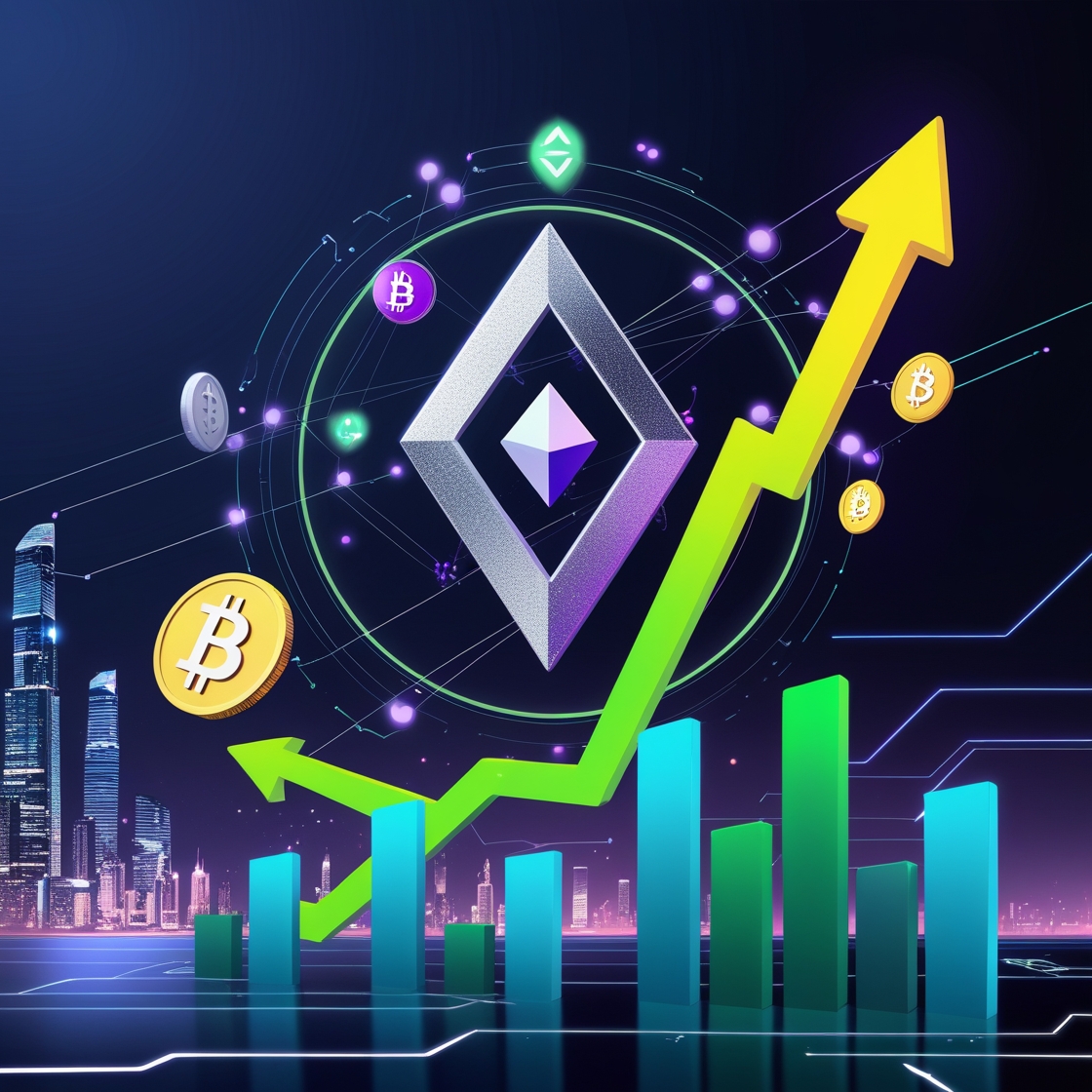The Rise of Decentralized Finance (DeFi): How Web3 is Reshaping Financial Systems

Explore how Decentralized Finance (DeFi) is revolutionizing traditional financial systems through Web3 innovations, offering unprecedented opportunities and challenges in 2025.
In recent years, the global financial system has been undergoing a profound transformation driven by the rise of Decentralized Finance (DeFi). Built on the foundations of Web3 technologies, DeFi is not just an alternative to traditional banking—it’s a complete reimagining of how financial transactions, lending, investing, and savings work in a decentralized digital economy. As we move deeper into 2025, understanding this shift is critical for investors, developers, and everyday users alike.
1. What is DeFi and Why Does It Matter?
DeFi refers to a broad range of blockchain-based applications that recreate and improve upon traditional financial systems—without centralized authorities such as banks or brokers. DeFi platforms operate using smart contracts on networks like Ethereum, Solana, and increasingly on Layer-2 solutions like Arbitrum and Optimism.
Unlike traditional finance, where access is limited by geography, credit history, or bureaucracy, DeFi offers global, permissionless, and open access to financial services.
2. Web3: The Power Behind DeFi
Web3 represents the new generation of the internet, emphasizing decentralization, transparency, and user ownership. In DeFi, Web3 enables:
Self-Custody: Users retain full control of their funds through non-custodial wallets.
Transparency: All transactions and smart contract rules are visible and verifiable on-chain.
Composability: Different DeFi protocols can interoperate, allowing users to create complex financial strategies like yield farming or leveraged lending.
This decentralized infrastructure removes middlemen, lowers costs, and empowers users directly.
3. DeFi Trends to Watch in 2025
The DeFi space is evolving fast. Here are the major trends shaping 2025:
A. Institutional DeFi (DeFi 2.0)
Traditional financial institutions are starting to integrate DeFi protocols for things like liquidity provision and tokenized assets. We’re seeing banks use on-chain assets for settlement and large funds engage with decentralized exchanges (DEXs).
B. Cross-Chain Functionality
The rise of multi-chain ecosystems allows users to move assets seamlessly between blockchains, thanks to improved bridges and interoperability protocols. This boosts capital efficiency and user experience.
C. Regulation and Compliance
Regulators are taking DeFi seriously. While this may sound like a threat, clearer regulations are actually paving the way for broader adoption and institutional trust. Expect to see more KYC-enabled DeFi services and DeFi AML compliance tools.
D. Real World Asset (RWA) Integration
More DeFi platforms are now offering exposure to real-world assets like tokenized bonds, real estate, and commodities. This creates new opportunities for yield generation while bridging the gap between TradFi and DeFi.
4. Opportunities and Risks
Opportunities:
High Yields: Many DeFi protocols offer attractive APYs through staking, liquidity mining, or lending.
Global Access: Anyone with an internet connection and a crypto wallet can participate.
Financial Innovation: Developers continue to build innovative tools and services that can’t exist in traditional finance.
Risks:
Smart Contract Exploits: Bugs in code can lead to major losses.
Market Volatility: Crypto assets remain highly volatile.
Regulatory Uncertainty: Not all countries support DeFi development or usage.
5. The Future of DeFi in a Web3 World
As the Web3 ecosystem matures, DeFi is expected to become the core financial infrastructure for both digital natives and institutions. We can anticipate:
DeFi integration in mobile apps and payment platforms
AI-powered DeFi strategies and robo-advisors
DeFi insurance protocols becoming mainstream
Governance systems evolving for community-driven ecosystems
This future is not only about disrupting banks—it’s about building a fairer, more inclusive global financial system from the ground up.
Conclusion
DeFi and Web3 are no longer just buzzwords—they are the foundation of a rapidly evolving financial revolution. As decentralized technologies mature and become more user-friendly, the line between traditional and decentralized finance will continue to blur. For those willing to learn, adapt, and innovate, 2025 is shaping up to be a landmark year for decentralized finance.
Disclaimer:
The information provided in this article is for educational and informational purposes only. It does not constitute financial advice, investment recommendation, or trading guidance of any kind. Always conduct your own research and consult with a qualified financial advisor before making any investment decisions. Cryptocurrency markets are highly volatile, and past performance is not indicative of future results.


